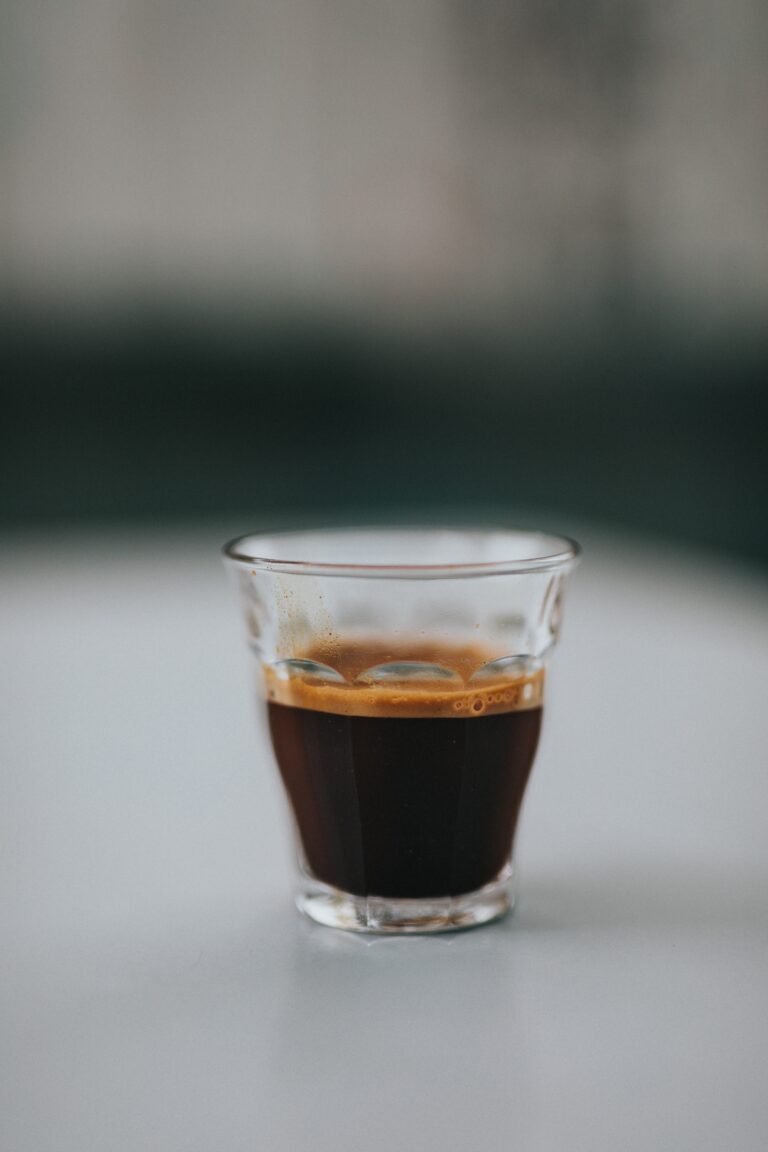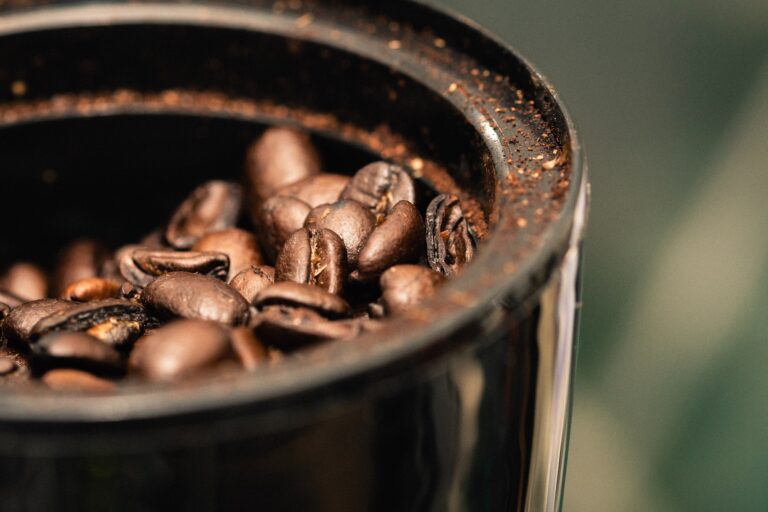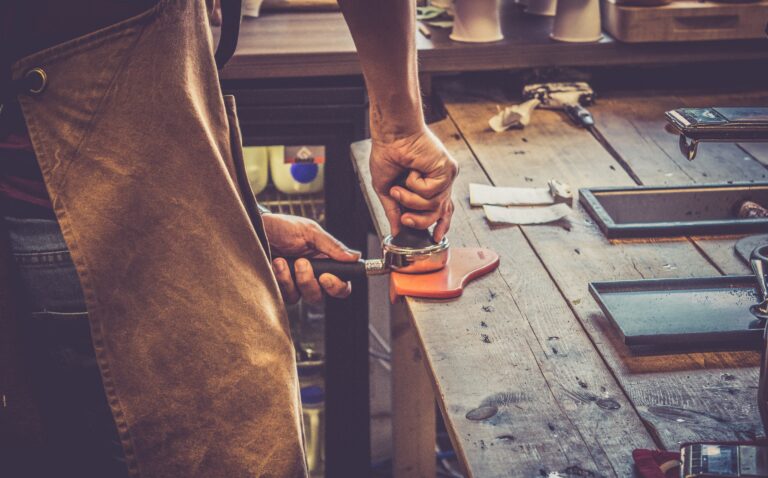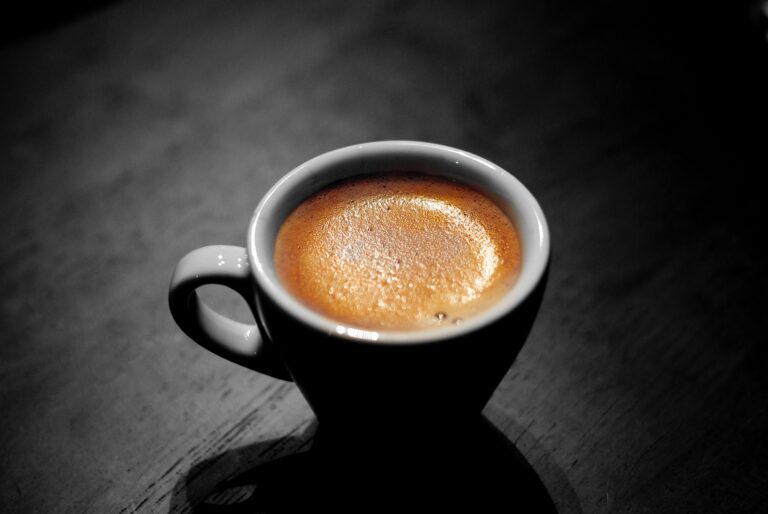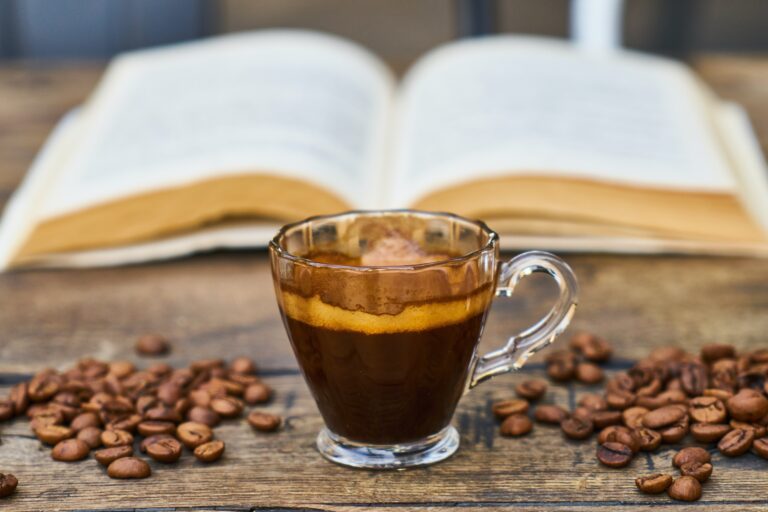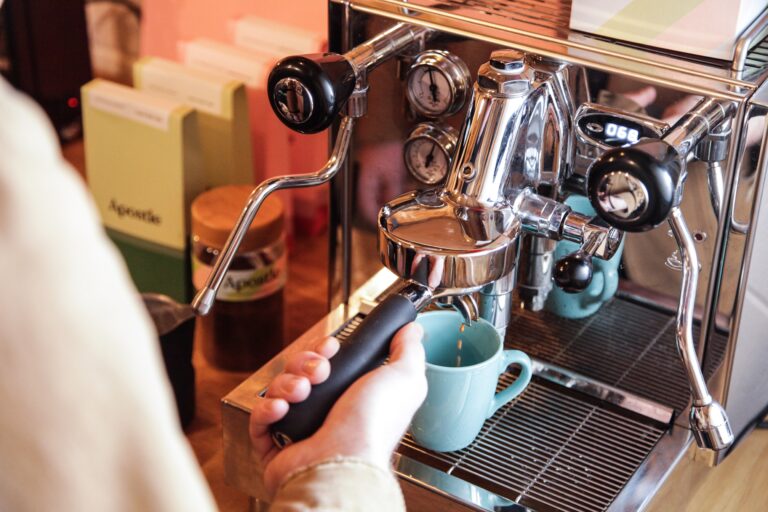How to Make Espresso: A Beginners Guide

Are you a coffee lover who craves the rich and intense flavors of espresso? Learning how to make espresso at home can be a rewarding and cost-effective way to enjoy this beloved beverage. In this comprehensive guide, we will walk you through the step-by-step process of making espresso, equip you with essential knowledge, and answer frequently asked questions to help you perfect your home-brewed espresso.
What is Espresso? 🤔
Before we dive into the brewing process, let’s start with the basics. Espresso is a concentrated coffee beverage originating from Italy. It is brewed by forcing hot water under high pressure through finely ground coffee. The result is a small, concentrated shot of strong coffee with a rich aroma and a layer of crema on top. You can read more about espresso in our guide: What is espresso?
Essential Equipment for Making Espresso 🤖
To make espresso at home, you will need a few key pieces of equipment, including an espresso machine, a coffee grinder, a tamper, and a scale. These tools ensure you have control over the variables that influence the taste and quality of your espresso.
Choosing the Right Coffee Beans 🫘
Selecting the right coffee beans is crucial for achieving a delicious espresso. Look for fresh, high-quality beans with a medium to dark roast. Espresso-specific blends or single-origin beans work well, but feel free to experiment with different flavor profiles to find your favorite.
Grinding Your Coffee Beans ⚙️
Grinding your coffee beans just before brewing is vital to preserve the aroma and flavors. Use a burr grinder and aim for a fine grind consistency, similar to granulated sugar. Consistency is key to ensuring even extraction and optimal flavor.
Tamping Techniques ⬇️
Tamping is the process of compacting the ground coffee into the portafilter before brewing. Apply firm and even pressure using a tamper to create an even surface. This step helps regulate the flow of water through the coffee grounds, promoting proper extraction.
The Espresso Brewing Process ☕️
Now that you have everything prepared, it’s time to brew your espresso. Follow these steps:
- Preheat your espresso machine and portafilter.
- Add the freshly ground coffee to the portafilter and distribute it evenly.
- Tamp the coffee grounds firmly and evenly.
- Attach the portafilter to the espresso machine and start the extraction process.
- Monitor the extraction time and aim for a shot that takes approximately 25-30 seconds.
- Once the desired volume is reached, stop the extraction.
Troubleshooting Common Issues ⚠️
Even seasoned baristas encounter challenges when making espresso. Here are some common issues you might face and possible solutions:
- Sour or under-extracted espresso: Adjust the grind size to make it finer and increase the extraction time.
- Bitter or over-extracted espresso: Coarsen the grind size and decrease the extraction time.
- Uneven extraction: Check your tamping technique to ensure even pressure distribution.
Frequently Asked Questions (FAQs) ❓
The standard ratio for making espresso is 1:2, which means using twice the amount of water as coffee. For example, if you use 18 grams of coffee, you should aim for a final yield of 36 grams of espresso. However, taste preferences may vary, so feel free to adjust the ratio to suit your personal taste.
While using freshly ground coffee is recommended for the best flavor, you can still use pre-ground coffee if that’s what you have available. Just ensure that it is a fine grind specifically designed for espresso. Keep in mind that pre-ground coffee loses its freshness more quickly, so it might not yield the same quality as freshly ground beans.
Water temperature plays a crucial role in espresso extraction. The optimal range is typically between 195°F and 205°F (90°C and 96°C). If the water is too hot, it can lead to over-extraction and a bitter taste. If it’s too cool, the extraction may be insufficient, resulting in a sour or under-extracted espresso. Most espresso machines have built-in thermometers to help you monitor and control the water temperature.
Both single-origin and espresso blends can be used to make espresso, and the choice depends on your personal preference. Single-origin beans offer unique flavor profiles that showcase the characteristics of a specific region. Espresso blends, on the other hand, are carefully crafted to achieve a balanced flavor profile suitable for espresso. Experiment with different beans and blends to discover the flavors that appeal to you the most.
While traditional espresso is made using an espresso machine, there are alternative methods to make espresso-like coffee at home. One popular option is using a stovetop espresso maker, also known as a moka pot. It utilizes steam pressure to brew a concentrated coffee similar to espresso. Another option is using an AeroPress, which can produce a strong and flavorful coffee concentrate that can resemble espresso. While these methods may not replicate the exact characteristics of espresso, they can still deliver a delightful and concentrated coffee experience.
Conclusion
Brewing espresso at home may seem daunting at first, but with the right equipment, fresh beans, and a little practice, you can become your own barista. By following the steps outlined in this guide and experimenting with different variables, you’ll be on your way to enjoying a delightful cup of homemade espresso. So, roll up your sleeves, embrace the process, and savor the incredible flavors of a perfectly crafted espresso shot.

